What is COP?
COP is simply the Conference of Parties, a gathering of the different nations in response to the world’s climate change problem. The first COP was held in Rio, back in 1992. It was called the ‘Rio Convention’ and part of the discussion was the adoption of the UN Framework on Climate Change (UNFCCC). Yes, we have been trying to find ways to solve this problem for 25 years.
Not so fun fact, during the Rio Convention, the nations that did not sign the agreement was Japan and the USA.
What makes COP 21 More Special?
A lot of people may be asking, if this talk about climate change has been going on for so long? How come COP 21 is the first I’ve ever heard of?
Well, COP 21, which was held in Paris last 2015 is the first time in over 20 years of UN negotiations, that aims to achieve a legally binding and universal agreement on climate, with the aim of keeping global warming below 2°C. I guess you finally understand why President Duterte had some bit of hesitation, but this will be explained further.
How did they come up with 2°C? Why Not Just Stop Global Warming?
Simple. We can’t. At least not right away. The 2°C target was established in 2009, where the world’s nations agreed that the global temperature average should not be allowed to rise more than two degrees Celsius over pre-industrial levels.
While there are no published works regarding the exact effects of not reaching the 2°C mark, based on everything we’ve experienced so far, scientists say we will likely see longer droughts and more intense heat waves. The tiny difference of 2°C will also mean a sea level rise of several feet. Imagine what this can do to the Philippines.
The records don’t look very good as well. According to NASA,”2016 the third year in a row to set a new record for global average surface temperatures. Not only was 2016 the warmest year on record, but eight of the 12 months that make up the year – from January through September, with the exception of June – were the warmest on record for those respective months. October, November, and December of 2016 were the second warmest of those months on record – in all three cases, behind records set in 2015.”
You may think, what’s 2°? It’s just a tiny number. But, because of the tragic rise of temperatures through the years, a lot of people are saying the target is in fact too ambitious. Why? This quote from a Washington Post article best explains it.
As of 2011, the world had about 1,000 gigatons, or billion metric tons, of carbon dioxide left to emit in order to have a two-thirds or greater chance of staying below two degrees. After that, net emissions must go to zero.
From here you simply do the math. Energy-related carbon dioxide emissions alone were 32.3 gigatons last year, according to the International Energy Agency, and that does not include other sources, such as deforestation. Based on such numbers, the remaining carbon budget is already under 900 gigatons of carbon dioxide.
An Even Higher Demand
Now you know how almost impossible it is to reach that 2°C mark. In fact, during COP 21 observers were expecting the UN to modify the target, and aim for a more realistic goal. Instead, more than 100 nations, including the United States announced their support for an even more ambitious goal. They would support for limiting the global warming down to 1.5 degrees. The island nations demanded it, saying they will not accept anything more.
COP 21 ended with retaining the goal at 2°C, but also acknowledges the importance of achieving the 1.5°C goal.
What the Nations Have to Do
We should stop emitting greenhouse gases into the atmosphere by 2060. After that, we start pulling carbon out of the atmosphere. Sounds difficult? That’s because it is, if it’s even possible, through “carbon sinks”. What’s an example of a carbon sink? Forests and oceans. These have the ability to absorb carbon dioxide out of the atmosphere, but they are also hoping that technology that had the capacity to do the same would become available in the future.
How Often Should Nations Check Their Carbon Reductions?
The Paris Agreement says every 5 years. The first check, called Stock Taking should happen around 2023 or 2024.
The second type of check called Ratcheting, is an announcement of more ambitious emissions reductions. Proposals are to have it every 5 or 10 years.
Who Will Do These Checks?
Technically, no one. But there is a framework to be followed.
The United States initially proposed a third body be created to conduct these checks, however, other nations were opposed to the idea. So no outside Agency will conduct the check and instead, nations will be subject to a common framework of transparency. Of course, it was also noted that developing countries such as ours will need help to reach our goals.
Why the Philippines Should Care About Climate Change
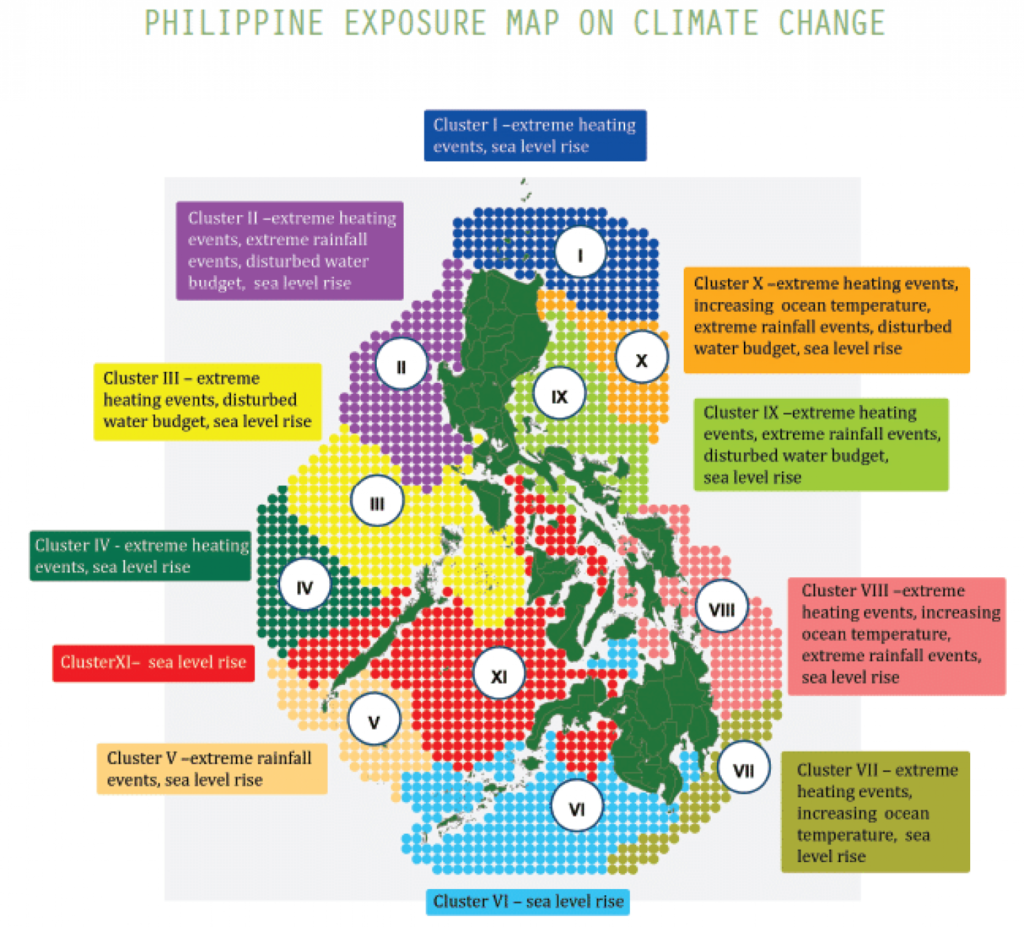
President Duterte has been making very controversial statements regarding the Paris Climate Change Agreement, saying, why should the Philippines exert so much effort when we’re not even a major carbon contributor, and for a 3rd world country to achieve development, it needed to produce carbon. He also questioned the United States, calling them hypocrites and demanded that they should fund all efforts in relation to climate change.
Well, he has a point. (Scroll up to our fun fact)
The Philippines contribute less than 1% of the world’s carbon emissions, yet, our commitment during the COP 21 was more than ambitious.
We pledged to reduce our carbon emissions by 70 by the year 2030. I can’t help but snort at the “promise” considering the number of coal plants being approved in the Philippines, during Aquino’s and right now, on Duterte’s term, but I’m willing to wait for some positive movement on this. DENR Secretary Gina Lopez and her actions look very promising, and all for good reasons.
So, we only contribute less than 1% of the world’s carbon emissions, but we one of the Top 10 most affected by climate change. What does that mean? Why are we even on the list?
The ten deadliest typhoons of the Philippines occurred between 1947 and 2014. What’s alarming is that five of the 10 have occurred since 2006. The deadliest storm on record in the Philippines is Typhoon Haiyan, known locally as Typhoon Yolanda, which was responsible for more than 6,300 lost lives, over four million displaced citizens, and $2 billion in damages in 2013.
Why are we so affected by storms?
-
- Geography – The Philippines is located in the western Pacific Ocean, surrounded by naturally warm waters. Climate change not only affects the ground, but also heats up the waters. When the atmosphere absorbs this hot water, it has to release it somewhere (The Philippines), through rain. The hotter the water, the bigger the storm.
- No natural barriers – We are an archipelago. Nothing stands between our islands and the ocean. Mangroves mitigate the effects of storm surges and stabilize soil, except, our mangroves have disappeared in half since 1918 because of deforestation. Great work Philippines!!!
- Lack of Planning – Planning can’t stop storms, but it can help minimize the damage. Unfortunately, we lack preparedness and response to this catastrophe. We are still working on evacuation plans, early-warning systems, and shelters (Gahi pa gyud ta ug ulo, dili jud mu evacuate). Add the fact that we have so many tiny islands we have to evacuate, it’s not really an easy feat for our government.
- Our economy also gets hit – For a rich country, damage and repair of loss is a measly part of their budget. But for the Philippines, a destructive typhoon season costs us 2% of our gross domestic product (GDP). It costs us another 2% for repairs.
Hay Pilipinas Kong Mahal.
Are you depressed now Pinoys? Don’t worry, there’s still good news.
The Good News
Last February 28, the president has finally signed the Paris Agreement on Climate Change. Why did it take so long? Well it’s not as easy as you think.
Before the president can even sign the document, it requires 33 certificates of concurrence fro all agencies of the government, affirming that these agencies understand and approve the agreement and vow to do their share in implementing the country’s commitment. Yey no more new coal plants (Hopefully)!
The agreement was then sponsored for concurrence by Senator Loren Legarda and has taken effect on Earth Day, April 22, 2017.
The president’s opinion still hasn’t changed though, we signed the agreement on the condition that the international community provides assistance, aka MONEY. Reducing carbon emissions isn’t cheap. There’s a reason why poorer countries are more dependent on coal instead of alternative energy sources.
So Are We Going to Just Ask for Money?
No. An item in the Paris Agreement has stated that more than that $100 billion in aid annually will be needed for the mitigation and adaptation of the underdeveloped countries and climate-vulnerable nations (The Philippines again). This is to be provided by the highly developed countries.
This part of the agreement isn’t part of the legally-binding terms of the Paris Agreement. This “Climate Finance” is part of the Paris Decision, which is a less legally binding document. And so, the climate vulnerable nations are putting their good faith in this and hope that nations will commit to this pledge. And they have to. It’s the only way for nations like ours can come close to our environmental commitment.

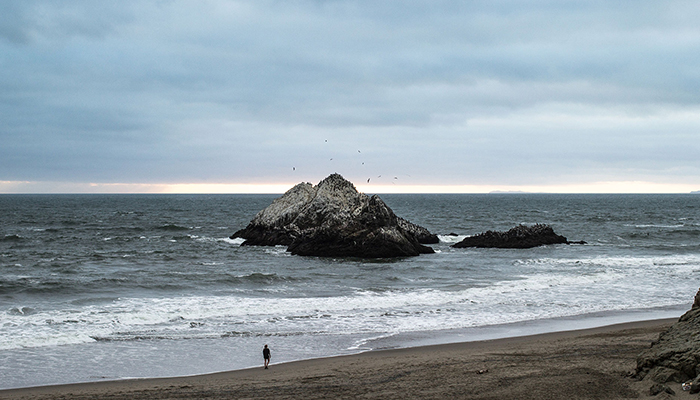

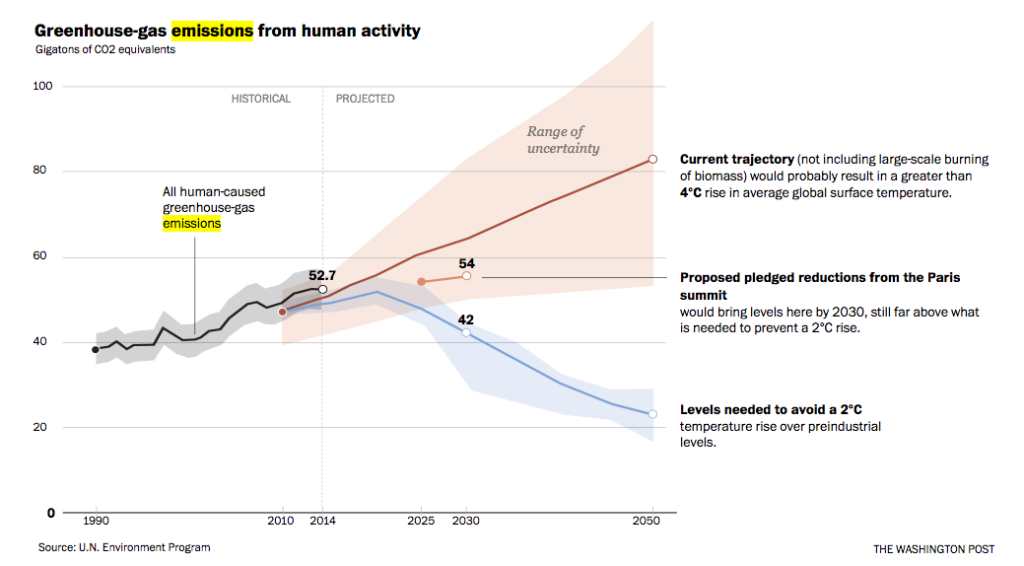
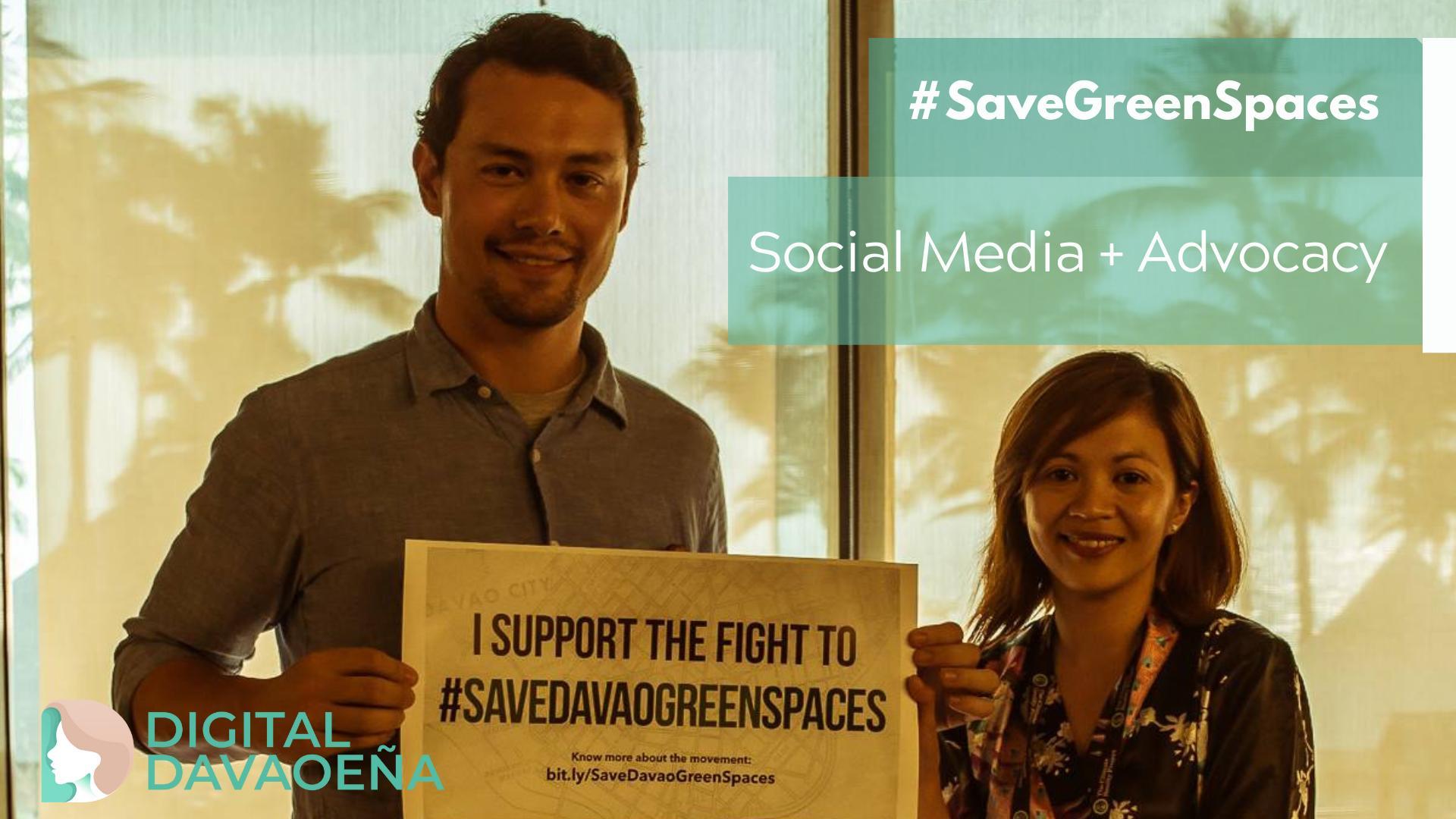


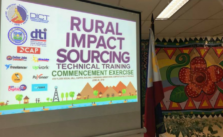

0 Comments